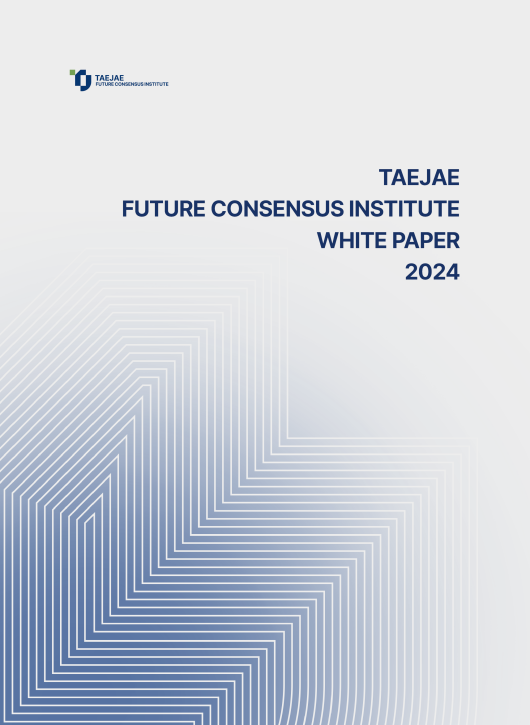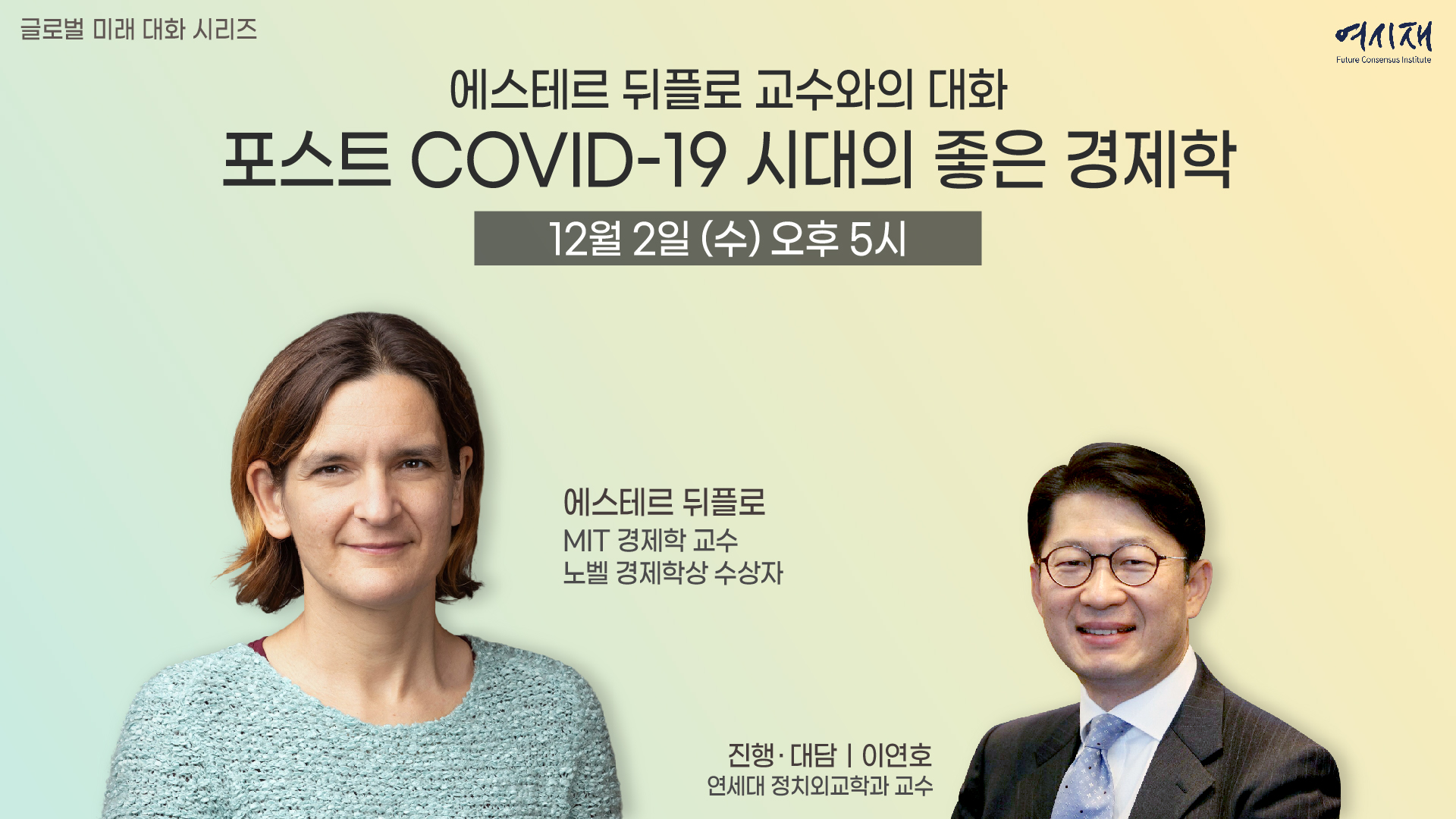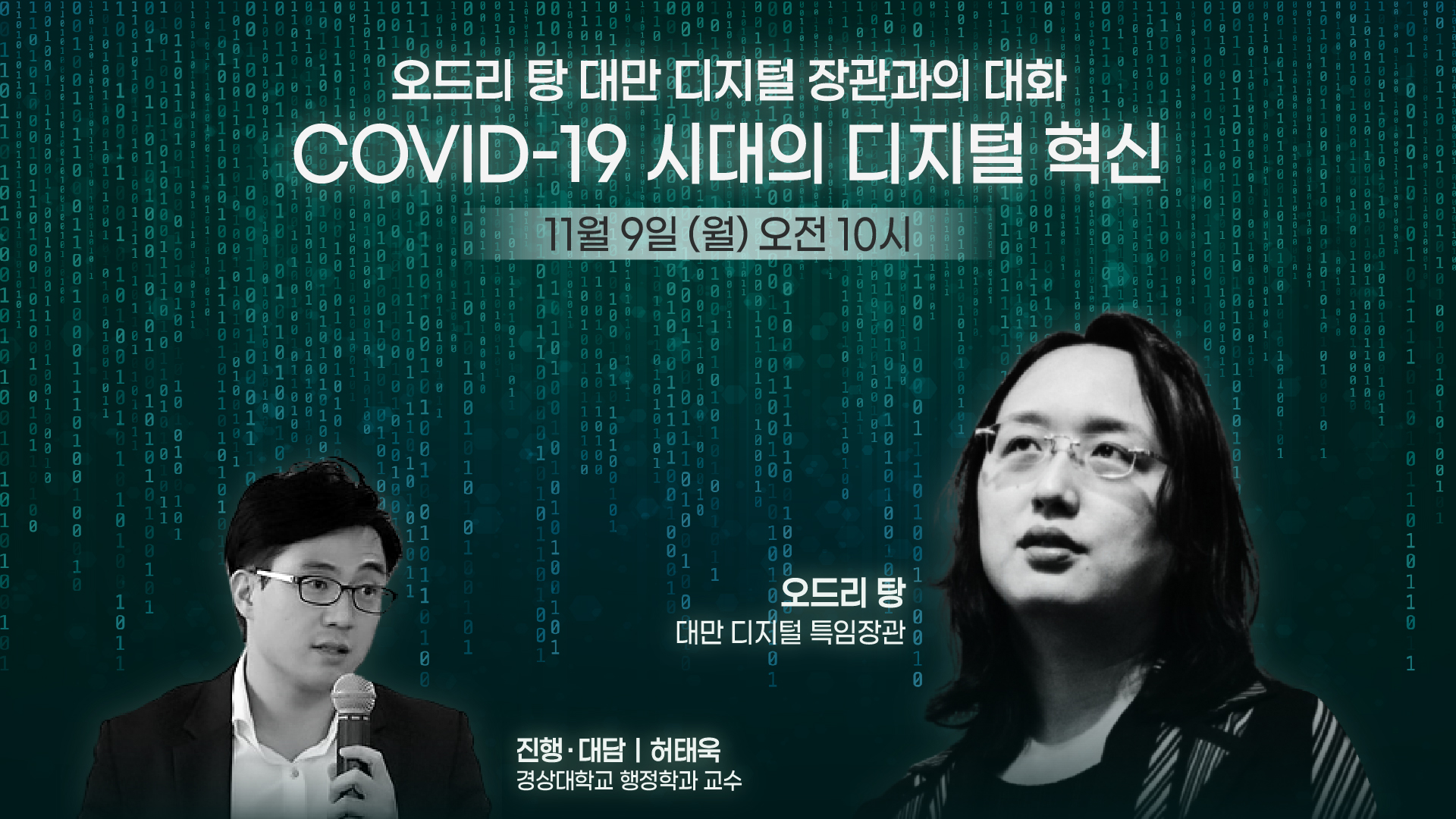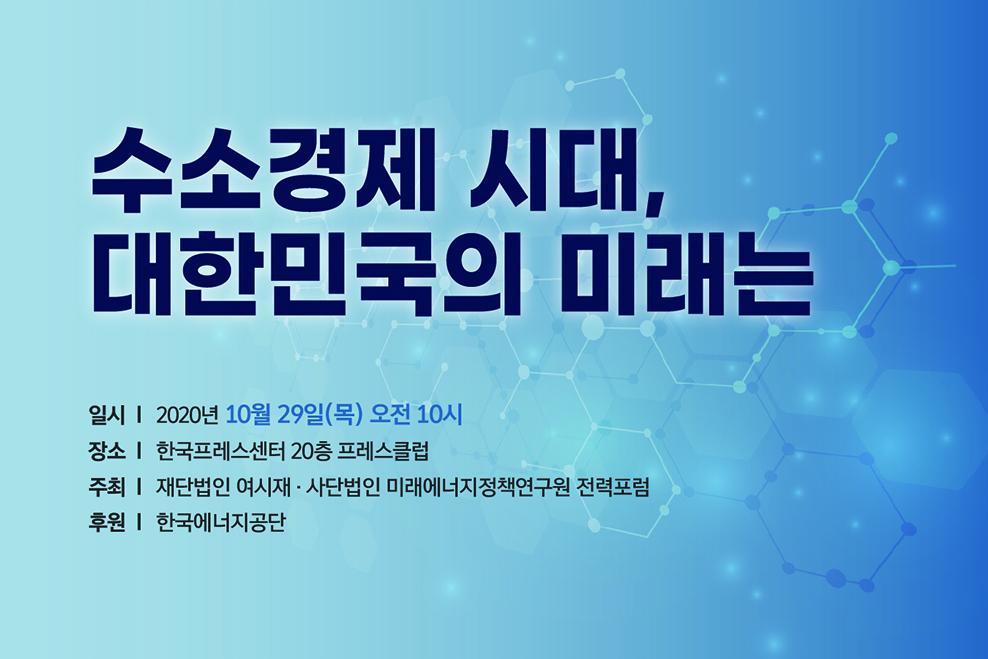Please join Yeosijae as we build a brighter future for Korea. Create your account to participate various events organized by Yeosijae.
- Insights
- |
- Digital Society
Forum <The age of AI: The Future of Healthcare>
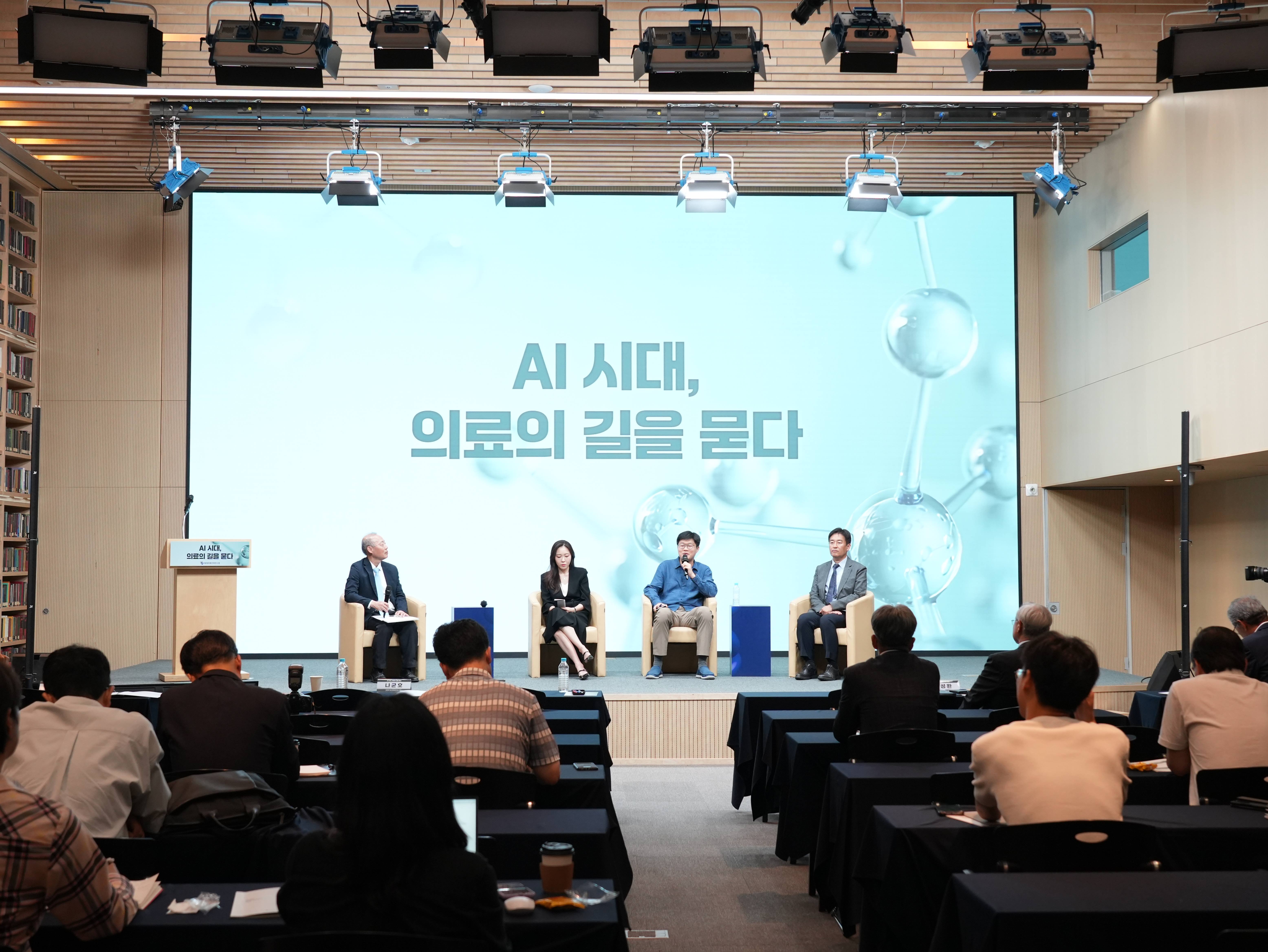
A medical strike, sparked in February by the government’s decision to increase the total number of medical students by 2,000 nationally, is still underway with no end in sight. The worsening state of this strife makes it seem impossible to find innovative solutions to improve Korea’s healthcare system. However, with the revolutionary advancement of digital healthcare technology, a comprehensive overhaul of the healthcare system is inevitable. As a first step toward creating a new healthcare model that befits the AI era, the Taejae Future Consensus Institute held a public forum on June 11 at the Korea Foundation for Advanced Studies.
Professor Hong Yoon-Cheol of Seoul National University’s College of Medicine delivered the keynote presentation entitled, “Smart Health Cities and Future Healthcare Systems in the Age of AI.” Lunit Business Strategy Director Park Sun-young, Welt CEO Kang Sung-ji, and Rha Gun-ho, head of the NAVER Healthcare Research Institute, served as panelists.
In his welcome address, President Kim Sung-Hwan of the Taejae Future Consensus Institute remarked that the forum would afford an opportunity to not only envision how advancements in AI technology would change healthcare over the coming years, but also identify the mounting challenges to overcome.
1. Keynote Address: Smart Health Cities and Future Healthcare Systems in the Age of AI - Hong Yoon-Cheol, Professor, College of Medicine, Seoul National University

Medical information collected by digital devices can be linked to local healthcare systems
Still risky to expect generative AI to be a cyber doctor
It is evident that the traditional approach to healthcare has reached its limits. It is time to envision what Korea’s healthcare should look like in the coming decades and act upon it.
South Korea’s population aged 65 and over constitutes more than 17% of its total population and it is expected to reach 40% by 2050. This demographic shift is accompanied by corresponding shifts in disease patterns and medical expenditures. However, there are significant disparities in health services between regions. To resolve this problem, changes to urban structure are essential. Smart health cities combine elements of smart living infrastructure, digital technology, networked healthcare system, community care, and smart education. As society ages, medical services that require patients to visit hospitals will gradually become obsolete. We need to create medical services that visit patients. The technological foundation of these services is digital, and the focus is on home and community.
The healthcare system has historically been about modernizing a few large hospitals, including university-affiliated ones, and getting people to come to them. This will no longer do. We need to build an organic healthcare system that brings you, your home, and your community together. Each person’s medical information, monitored and collected through multiple tools at home, should be linked to the healthcare system at the community level and, if necessary, passed on to higher-level hospitals so that people can get the care they need. A free flow of information within a network can help eliminate redundant testing. Of course, we will need to take into account the size and living arrangements of each city. For example, in the past, we used to think of a family of four as the norm. In present-day Seoul, one- and two-person households take up the majority. Transitioning toward smart homes, smart healthcare centers, primary care centers, smart community hospitals, and general hospitals is key to the future healthcare system.
There are already many digital technologies and tools that enable healthy people to monitor their health on a daily basis and recognize abnormalities before they become ill. In addition to recognizing and reporting emergency incidents, AI technology should enable us to make simple diagnoses and take immediate action, even during transportation. AI-powered home healthcare systems can help people prevent illness and live healthy lives by constantly monitoring their health data. Such devices already exist, but they are yet to be integrated into the healthcare system. How to achieve this should be a central question of the future healthcare system.
Analyzing an individual’s health data can lead to serious violations of privacy. A centralized system where a single entity, such as a country or company, controls all the data is not desirable. What we need is a system like a Personal Online Datastore (POD). It is a system that allows each individual to own and manage their own data and pass it on as needed.
It is dangerous to expect generative AI to act as a primary care physician or cyber doctor. Medical diagnoses must be accurate. In the medical field, even the smallest error can be fatal. AI and reality must continue to interact based on the current societal standards and data.
The idea that health monitoring at home can be connected to local healthcare and, if necessary, to large hospitals is central to the “localized healthcare delivery system model” and can solve many of the problems posed by the current healthcare system. We are continuing our experiments on Jeju Island for actual implementation.
2. Topic Discussion ①: Park Sun Young, Head of Business Strategy, Lunit

AI improves cancer diagnosis accuracy, reduces costs in healthcare
I am going to discuss the value and examples of specific public health innovations based on AI.
Digital healthcare refers to software, hardware, and systems that incorporate ICT or AI technologies across all areas of healthcare, including prevention, diagnosis, and treatment. It is broadly divided into three fields: telemedicine, artificial intelligence, and digital therapeutics. Since the pandemic, it has been gaining attention as a marketable field from the industry, and governments are also looking at it as a useful alternative to compensate for the lack of medical infrastructure. AI application has been received positively among industry practitioners as well. Developed and developing countries have different concerns about medical infrastructure, yet they all seem to be looking for their solution in digital healthcare. Developed countries tend to use digital healthcare to protect vulnerable populations most affected by the lack of healthcare infrastructure. On the other hand, developing countries are interested in reducing the costs of health insurance while providing reliable health services.
Breast cancer occurs most frequently among women, and the earlier it is diagnosed, the better the survival rate. However, dense breasts are difficult to read, resulting in many repeat examinations and a difficult diagnosis. In the case of lung disease, early diagnosis is also important, and delayed treatment leads to a high burden of disease. Clinically, AI-based devices are shown to be more accurate in diagnosing malignant lung nodules and breast cancer than human experts alone.
In Australia, Lunit’s AI solution is being used in a national breast cancer screening program. In Sweden, a healthcare organization has replaced one of its radiologists with Lunit AI. The World Health Organization (WHO) introduced Lunit’s AI in 2021 to diagnose tuberculosis in patients over the age of 15 in place of a specialist. Digital healthcare with medical AI can reduce costs and increase accuracy in the public healthcare sector.
In South Korea, we can build a more comprehensive and effective healthcare system by integrating digital healthcare technology into the public healthcare system. There are a variety of applications, such as public smart AI care centers or a health management system that connects to local hospitals. Lunit is currently working with government agencies to build an AI-based emergency medical network in northwestern Gyeonggi Province.
3. Topic Discussion ②: Kang Sungji, CEO, Welt
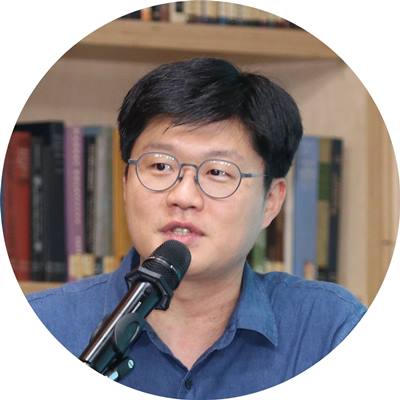
Contextualized data in and outside the hospital can facilitate patient-centered, hyper-precise care
What will be the best hospital in 20 years? The answer is: none that exists today. If you ask what the best grocery store is today, the answer would be Coupang. Just as Coupang did not exist 20 years ago, the best hospital in 20 years does not exist now. Just as Coupang reorganized its logistics and distribution network around the consumer, the best hospital of the future will be one that visits the consumer.
To achieve digital healthcare that visits people, we need to connect care inside the hospital with care outside the hospital, which is currently not the case. Welt has tried to solve this problem by focusing on insomnia. For example, if a patient is diagnosed with insomnia, Welt’s app connects their medical data from inside the hospital with their general health data from outside the hospital. If the data shows that you usually buy coffee in the afternoon, the app will advise you to drink coffee in the morning because afternoon coffee is a likely cause of insomnia. If it knows that you are less active and stay indoors during the day, it might advise you to go for a 30-minute walk. It is a therapeutic approach that puts insomnia into context and derives meaning from the wealth of data already generated in our daily lives.
Welt wants to focus on two keywords going forward. The first is AI agents. Increased computational power has made it possible to track patients’ lives on a daily basis. With AI technology, we can now track not just your doctor’s appointments, but your daily routine down to the minute and make a prognosis for your state not five years from now, but five hours from now. While much of the accumulated know-how of a human doctor is lost when they retire, the know-how of an AI agent remains as data that can be further developed.
The second is digital convergence medicine. It refers to an integrated system where drugs, medical devices, and medical staff converge using digital technology. The current medication system is based on fitting patients into hospital outpatient schedules. If your next doctor’s appointment is in two months, you’re prescribed two months’ worth of medicine to take. Digital technologies can help us move away from this provider-centric healthcare system and toward consumer-centric, hyper-precise healthcare that keeps tabs on a patient’s condition around the clock.
4. Topic Discussion ③: Rha Gun ho, President, NAVER Healthcare Research Institute
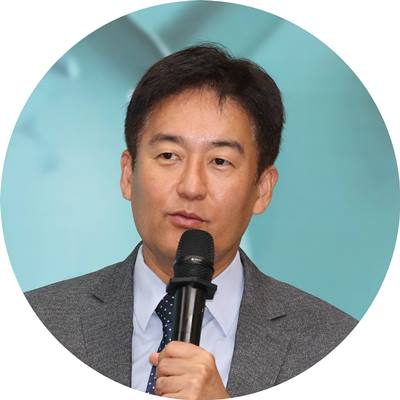
We need to consider expanding AI use in healthcare
Despite the rapid pace of technological innovation based on ChatGPT, healthcare is one of the most technologically backward of all industries. We have a long way to go before we even get proper remote medical care.
Just as MS Office has greatly improved the efficiency of office work by introducing co-pilots, the healthcare sector can be much more efficient by utilizing AI. In fact, Microsoft offers an AI solution that automatically takes medical notes, and as of June 2024, this program is already in use in more than 3,000 US hospitals.
Before joining NAVER Healthcare Labs, I worked as a doctor. It was rewarding, but at the same time, I often thought, “I would like someone to help me out.” That is why we introduced AI medical services to NAVER. When you schedule a visit to the doctor, you can fill out a questionnaire in advance via text and upload photos and videos. The AI program can conduct a preliminary analysis and take medical notes as well. It is a solution that improves efficiency for both doctors and patients.
As Prof. Hong explains, the changing demographics of an aging society will have a major impact on healthcare as a whole. In the future, we will need more social workers, such as nurses and caregivers, but we cannot afford to hire unlimited numbers of social workers. This is where AI can help. NAVER’s Clovacare Call Service is currently used by more than 7,000 elderly citizens and more than 120 local governments nationwide. AI automatically calls the elderly living alone at pre-arranged times to check on their health and connect them with a human social worker if there are any abnormalities. It is the world’s first AI welfare service designed to provide appropriate and timely services through systematic monitoring of the elderly, while reducing the burden on social workers. Once the multimodal capability to generate and analyze varying types of data from text and photos to voice and video is strengthened, we will be able to significantly expand its application in healthcare.
Today’s AI technology reminds me of the English phrase, “here to stay.” AI technology is already deeply embedded in our daily lives, and it is here to stay. Korea is fortunate to have big tech companies, such as NAVER, with their own engines. Think tanks and experts need to think harder about how to apply this technology to Korean society.
5. Open Discussion and Q&A
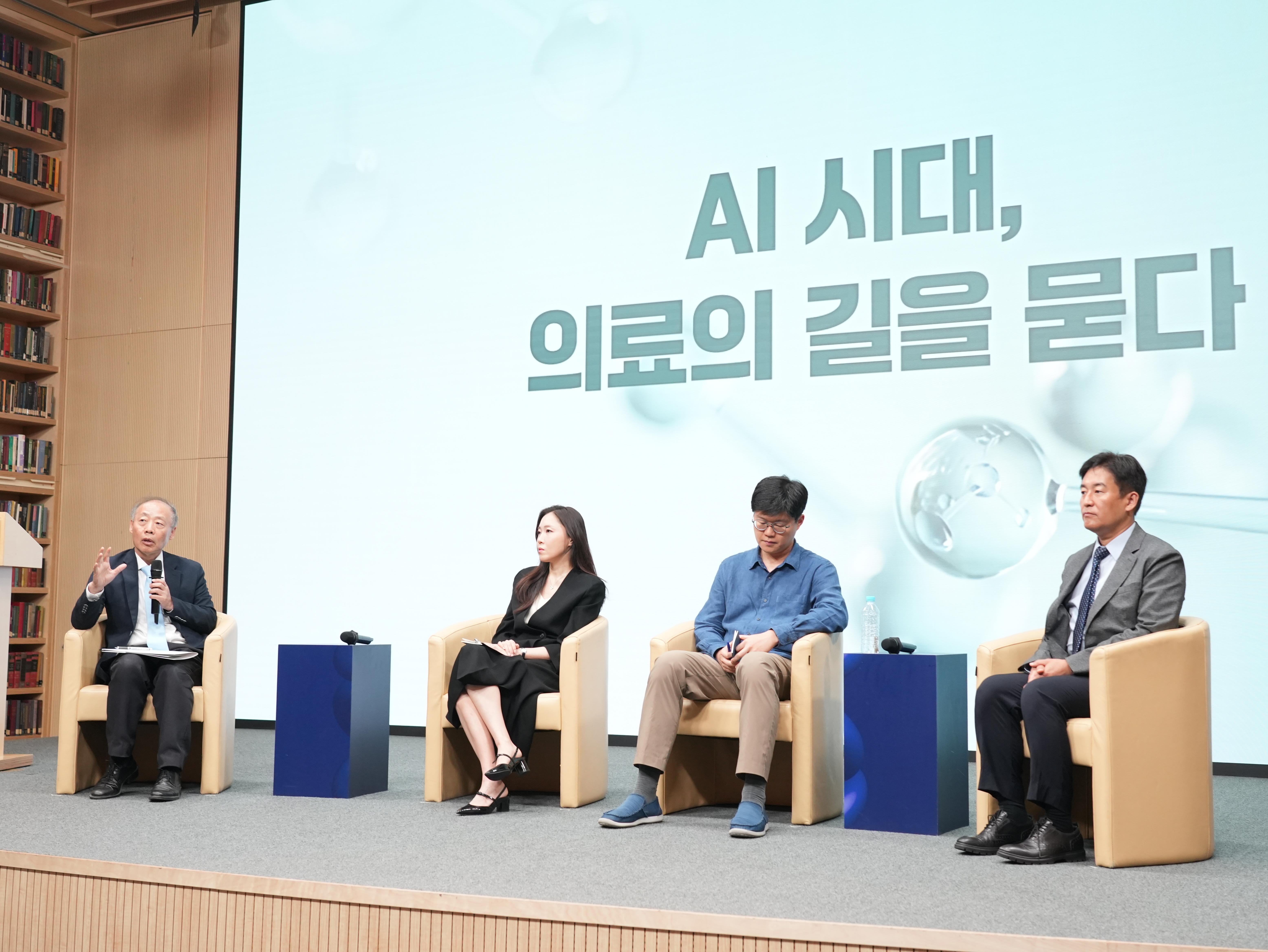
Q. Why is it so difficult to build an integrated healthcare system when we already have the underlying technology for digital healthcare and organizations that can implement it?
A. It all comes down to data management. We need clear guidelines on how to standardize and link data, and we need to be able to complement the high-quality, dense data that hospitals have with small, everyday data. There are many technologies for collecting healthcare data, such as pedometers, smartphones, and smartwatches, but there is no consensus on how to collect and organize it. We need to be able to organize a lot of fragmented information around each individual.
From a broader perspective, we need to start thinking about what kind of healthcare will be required for those aged 90 and over in the coming years. The answer to this question will shape the future of our national healthcare system. We need to get ready for an emerging “ultra-elderly society” by integrating disjointed areas such as remote medical treatment and essential medical care through digital technology.
Q. According to the Organization for Economic Cooperation and Development (OECD), only the United States and South Korea spend more than 10% of GDP on healthcare. In Korea’s case, it is predicted to increase to 16% by 2030. How to manage overall healthcare costs is a major issue. What would be some ways for companies in this space to turn a profit?
A. We have to ask ourselves if spending more than 10% of GDP on healthcare is necessarily a bad thing. If spending 16% of GDP on healthcare can usher domestic healthcare companies to grow into global players, that expenditure should be considered an investment, not a cost. We need to approach it from a different perspective. Healthcare is welfare, but it is also an industry. All of Korea’s best and brightest are going to medical school, so why hasn’t that sped up Korea’s healthcare development? The biggest barrier is language. With the development of AI technology, however, the physical and linguistic barriers are decreasing.
Korea’s medical services are globally competitive indeed. More than 96% of the digital healthcare market is overseas. Companies can capitalize on this environment to become more profitable. If healthcare companies improve the overall efficiency of healthcare expenditures, they will be less dependent on the government. We need to create a virtuous cycle where companies benefit the government and the government benefits the patients.
Q. How good is AI medical care in Korea and how much international cooperation is taking place to develop AI medical technology? Also, what are the negative effects or dangers of AI use in this area?
A. AI medical care in Korea is quite good. The level of AI technology is also high, and we have a lot of standardized and high-quality medical data thanks to the nature of Korean healthcare. Nonetheless, in the era of generative AI, we need to build a dataset to develop a foundation model that performs multimodal functions, and to collaborate with renowned institutions abroad, making the most of top-level deep learning experts and medical data. For example, Lunit is currently working on clinical tests and development in partnership with over 100 overseas organizations. When Korean medical companies enter overseas markets, they must focus on building partnerships to better understand local regulations and cultures and secure necessary datasets.
The medical sector is very conservative because it deals with human lives. This means technological development tends to be conservative as well. That said, as long as you take a cautious approach based on clinical evidence, the risks are minimal.
Q. What changes can we expect to the role of the healthcare workforce in the age of AI?
A. AI-driven workforce change is inevitable, not just in medicine but in every industry. A binary approach of either embracing or rejecting AI is not the way to go. It is important to produce policy alternatives through extensive and systematic discussions among peer groups.
How do we teach our children who are smarter than us? How do we manage them after they leave the nest? These are the questions we need to ask. We need to think about how to train AI while it has yet to reach the level of human intelligence, as well as how and to what extent we will trust the answers put forth by AI once it has surpassed us.
< Copyright holder © TAEJAE FUTURE CONSENSUS INSTITUTE, Not available for redistribution >

